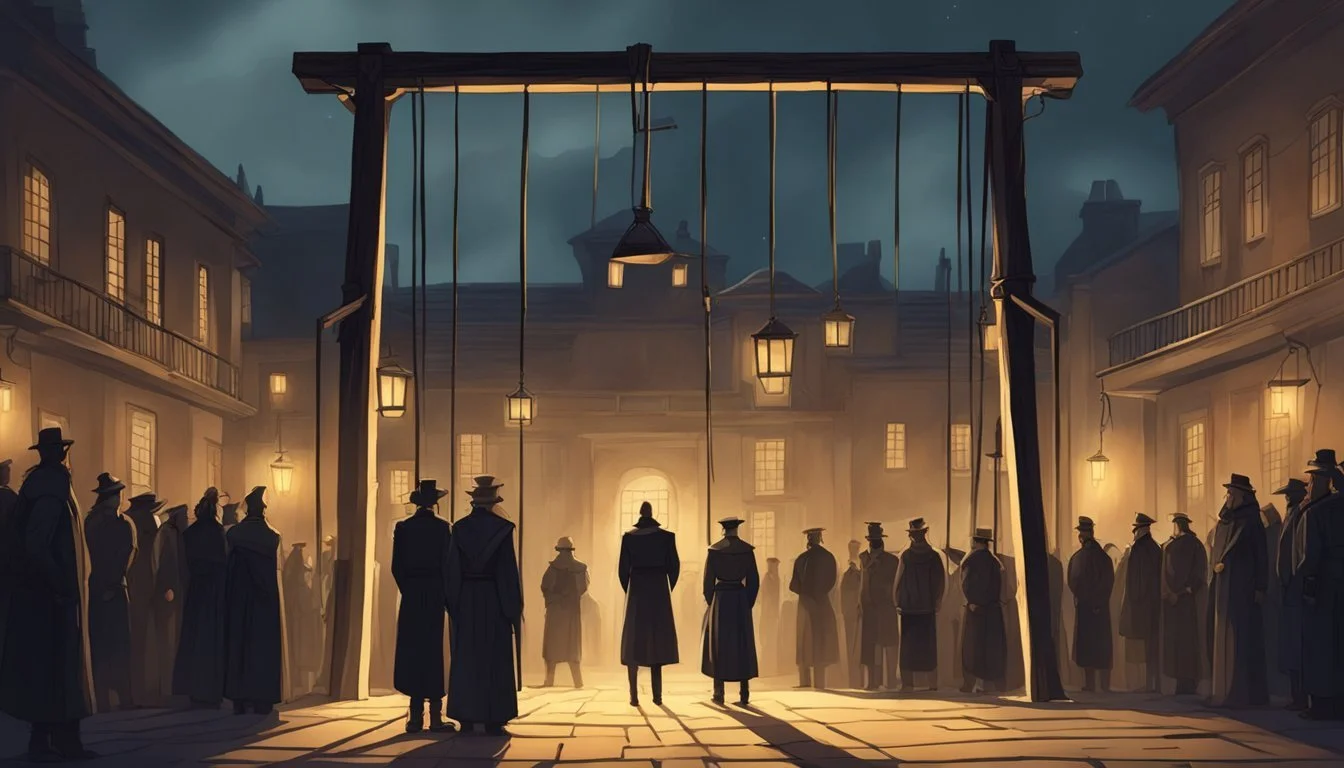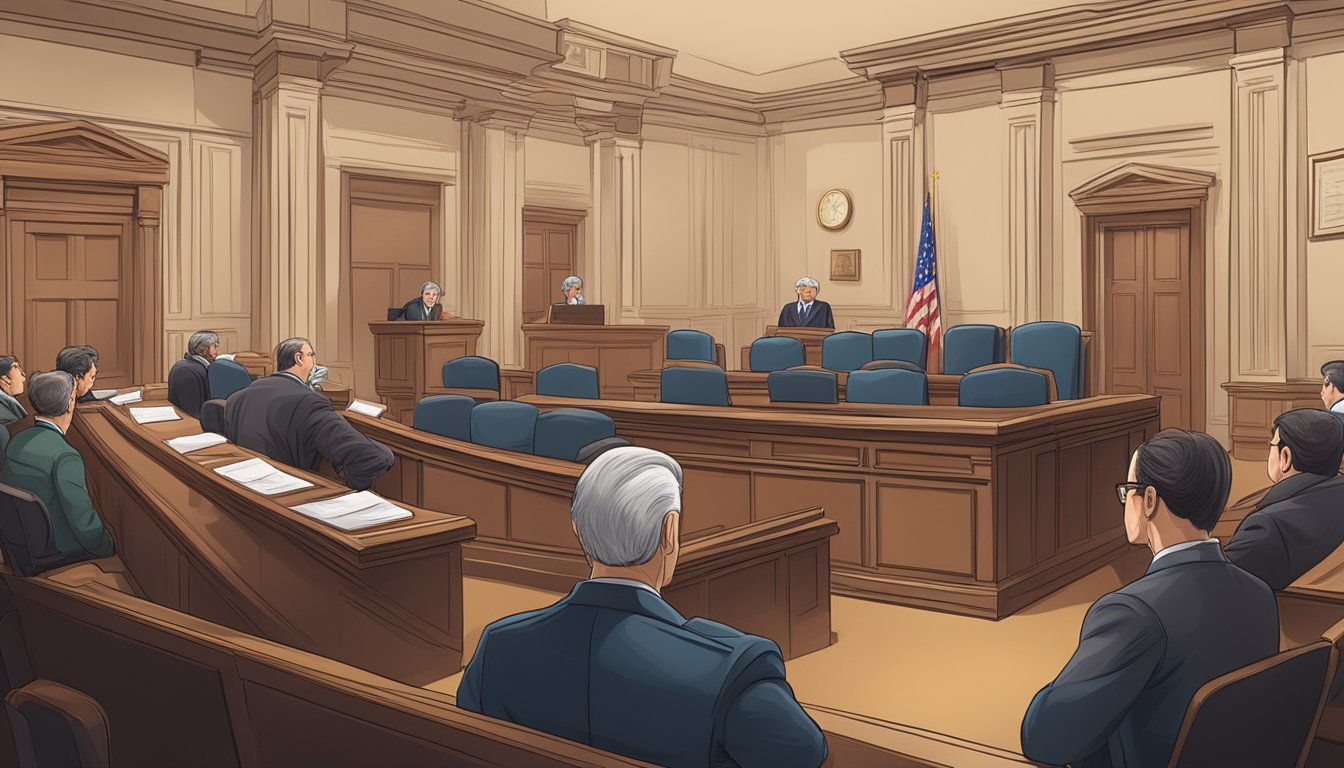Killers Become Stars: The Shocking Truth Behind "The Act of Killing"
"The Act of Killing" is a powerful and disturbing documentary that examines the aftermath of the Indonesian mass killings of 1965-66. Directed by Joshua Oppenheimer, the film takes an unconventional approach to exploring this dark chapter in history. It follows former death squad leaders as they reenact their crimes in various cinematic styles, including classic Hollywood scenes and musical numbers.
The documentary provides a chilling look into the minds of individuals who committed atrocities and have largely escaped justice. Through these reenactments, viewers are confronted with the banality of evil and the complex ways in which perpetrators justify their actions. The film raises important questions about impunity, historical memory, and the lasting impact of violence on society.
"The Act of Killing" received critical acclaim and numerous awards, including a BAFTA for Best Documentary. Its unflinching portrayal of past horrors and their present-day reverberations sparked controversy and debate, both in Indonesia and internationally. The film serves as a powerful reminder of the importance of confronting historical truths and the dangers of allowing atrocities to go unexamined.
Overview of 'The Act of Killing'
The Act of Killing is a groundbreaking 2012 documentary that explores the Indonesian mass killings of 1965-66. It presents a unique approach to documenting historical atrocities by allowing perpetrators to reenact their crimes through cinematic recreations.
Concept and Development
Joshua Oppenheimer directed The Act of Killing alongside Christine Cynn and an anonymous Indonesian co-director. The film focuses on individuals who participated in the mass killings, inviting them to create movie-like scenes depicting their actions. This unconventional method aims to reveal the psychological impact of their past deeds.
Werner Herzog and Errol Morris served as executive producers, lending their expertise to the project. The documentary was produced by Final Cut for Real, with Signe Byrge Sørensen as one of the main producers.
Reception and Achievements
The Act of Killing received widespread critical acclaim upon its release. It premiered at the 2012 Toronto International Film Festival and went on to win numerous awards. The film was nominated for Best Documentary Feature at the 86th Academy Awards in 2014.
Critics praised its innovative approach to exploring historical violence and its psychological effects on perpetrators. The documentary sparked important discussions about Indonesia's past and the nature of impunity. It was released in multiple versions, including a longer director's cut that provided additional context and depth to the narrative.
Historical Context
The Indonesian genocide of 1965-66 forms the dark backdrop for "The Act of Killing." This period saw widespread violence and mass killings that shaped Indonesia's political landscape for decades to come.
Indonesian History and the 1965–66 Genocide
On September 30, 1965, a group of junior Indonesian military officers assassinated six army generals, sparking a violent backlash. General Suharto seized power and initiated a purge of alleged communists and opponents. Over the next year, an estimated 500,000 to 1 million people were killed.
The military, paramilitary groups, and civilian militias carried out mass executions. Victims included suspected communists, ethnic Chinese, and political dissidents. Many were tortured before being killed.
This genocide reshaped Indonesian society and politics. Suharto's "New Order" regime ruled for three decades, suppressing discussion of the killings and promoting an anti-communist narrative.
Portrayal of Mass Murder in the Film
"The Act of Killing" takes an unconventional approach to documenting this history. The film focuses on former death squad leaders who participated in the killings. These men, now elderly, are asked to reenact their crimes on camera.
The reenactments range from surreal to disturbing. Perpetrators describe their methods in chilling detail, often with pride. Some scenes mimic Hollywood genres, reflecting the killers' self-image as heroic figures.
Through these reenactments, the film exposes the mindset of the perpetrators and the lasting impact of unpunished atrocities. It reveals how the killers rationalized their actions and how Indonesian society has grappled with this traumatic past.
The Filmmaking Approach
Joshua Oppenheimer's "The Act of Killing" employs unconventional documentary techniques to explore the 1960s Indonesian genocide. The film blends reality and fiction, challenging traditional notions of truth in documentary filmmaking.
Stylistic Choices and Fictional Elements
Oppenheimer invited perpetrators to reenact their crimes through cinematic scenes. This approach blurred the lines between documentary and fiction. The killers chose genres like gangster films and musicals to portray their actions.
These stylized reenactments served multiple purposes. They revealed the perpetrators' perspectives and justifications. The surreal nature of these scenes also highlighted the absurdity of violence.
Oppenheimer used vibrant colors and dramatic lighting to create a stark contrast with the dark subject matter. This visual style emphasized the disconnect between the killers' perceptions and the gravity of their actions.
Perspective and Truth in Documentary Film
"The Act of Killing" challenges conventional documentary methods by foregrounding the perpetrators' viewpoints. This approach provides insight into their mindset and the cultural context that enabled the killings.
The film raises questions about objectivity in documentary filmmaking. By allowing the killers to shape their own narratives, it exposes the subjective nature of memory and history.
Oppenheimer's method reveals truths that might not emerge through traditional interviews. The process of reenactment forces the perpetrators to confront their actions in ways they hadn't before.
This approach also highlights the performative nature of identity. The film shows how the killers construct their self-image and justify their past deeds.
Cultural Impact
"The Act of Killing" reshaped documentary filmmaking and sparked global conversations about historical violence. Its innovative approach and controversial subject matter left a lasting mark on cinema and international discourse.
Influence on Cinema and Documentaries
The film's unconventional method of having perpetrators reenact their crimes revolutionized documentary techniques. Directors like Werner Herzog and Errol Morris praised its groundbreaking approach. It inspired filmmakers to explore new ways of presenting historical trauma and complex moral issues on screen.
The documentary garnered numerous prestigious awards, including the BAFTA Film Award for Best Documentary and the European Film Award for Best Documentary. It was also nominated for the Academy Award for Best Documentary Feature, further cementing its place among the era's most impactful films.
Global Awareness and Responses
"The Act of Killing" brought international attention to Indonesia's 1965-66 genocide. It sparked debates about impunity, historical memory, and reconciliation in Indonesia and beyond. The film screened at festivals worldwide, including special events that engaged policymakers and human rights advocates.
Its release led to increased scrutiny of Indonesia's past and present political climate. Some Indonesian officials criticized the film, while others acknowledged its importance. The documentary's global reach through festivals, special events, and cultural press was exceptional, as noted by review committees.
Legal and Ethical Considerations
The Act of Killing documentary raises complex legal and ethical issues surrounding historical atrocities, impunity, and victim representation. It confronts viewers with uncomfortable truths about past crimes and ongoing injustices.
Impunity and Justice
The film exposes the lack of accountability for perpetrators of the 1965-66 Indonesian mass killings. Many former executioners live freely, some even holding positions of power. This impunity highlights failures in Indonesia's legal system to address past crimes.
The US Congress has shown interest in these events, but international pressure for justice remains limited. The documentary's portrayal of unrepentant killers challenges viewers to consider how societies should deal with unpunished atrocities.
Ethical questions arise about giving a platform to perpetrators. Critics argue it could glorify violence, while supporters say it exposes uncomfortable truths.
Victims and Representation
The Act of Killing focuses primarily on perpetrators, raising concerns about victim representation. Some argue this approach further marginalizes those who suffered.
The film's reenactments of killings, performed by executioners, are ethically contentious. They risk re-traumatizing victims and their families. However, supporters claim these scenes reveal important psychological insights.
Balancing truth-telling with sensitivity to victims is a key challenge. The documentary prompts reflection on how to ethically portray historical atrocities while respecting those affected.
Questions persist about the filmmakers' responsibilities when documenting such sensitive subject matter. The film's impact on Indonesian society and its potential to spur political change remain topics of ongoing debate.
Audience Reception
The Act of Killing provoked strong reactions from viewers and critics alike, sparking intense discussions about historical trauma and ethical filmmaking. Its unique approach to documenting atrocities left a lasting impact on the documentary genre.
Critical Reviews and Ratings
The Act of Killing received widespread critical acclaim. Critics praised its innovative use of reenactments to explore historical events and the psychological complexities of perpetrators. On Rotten Tomatoes, the film maintains an impressive rating, reflecting its positive reception among professional reviewers.
Many critics highlighted the documentary's ability to shed light on the Indonesian death squad's actions through a unique lens. The film's exploration of Anwar Congo and other former killers' psyches drew particular attention. Reviewers noted the unsettling juxtaposition of violence with the perpetrators' fascination with American Westerns, musicals, and gangster movies.
Box Office and Distribution
Despite its challenging subject matter, The Act of Killing found success in art house cinemas and film festivals. The film's theatrical release was limited but strategic, targeting audiences interested in thought-provoking documentaries.
Its box office performance, while not blockbuster-level, was impressive for a documentary of its nature. The film's critical acclaim helped drive interest and expand its reach. Special screenings and academic events further boosted its visibility and impact.
Distribution strategies included both theatrical releases and digital platforms, making the film accessible to a wider audience. This approach helped The Act of Killing reach viewers beyond traditional documentary enthusiasts.
Significance in Film History
The Act of Killing revolutionized documentary filmmaking techniques. Its use of reenactments as a tool for exploring historical trauma inspired other directors to experiment with similar approaches. The film became a cornerstone in discussions about ethical filmmaking and the portrayal of perpetrators.
Its impact extended beyond the film industry, sparking debates about historical memory and reconciliation in Indonesia and globally. The documentary's unique POV, allowing perpetrators to dramatize their own actions, challenged conventional approaches to depicting historical atrocities.
The Act of Killing's legacy continues to influence documentary filmmaking, encouraging directors to push boundaries and explore new ways of engaging with difficult subjects. Its critical and cultural impact solidified its place as a landmark work in documentary history.



